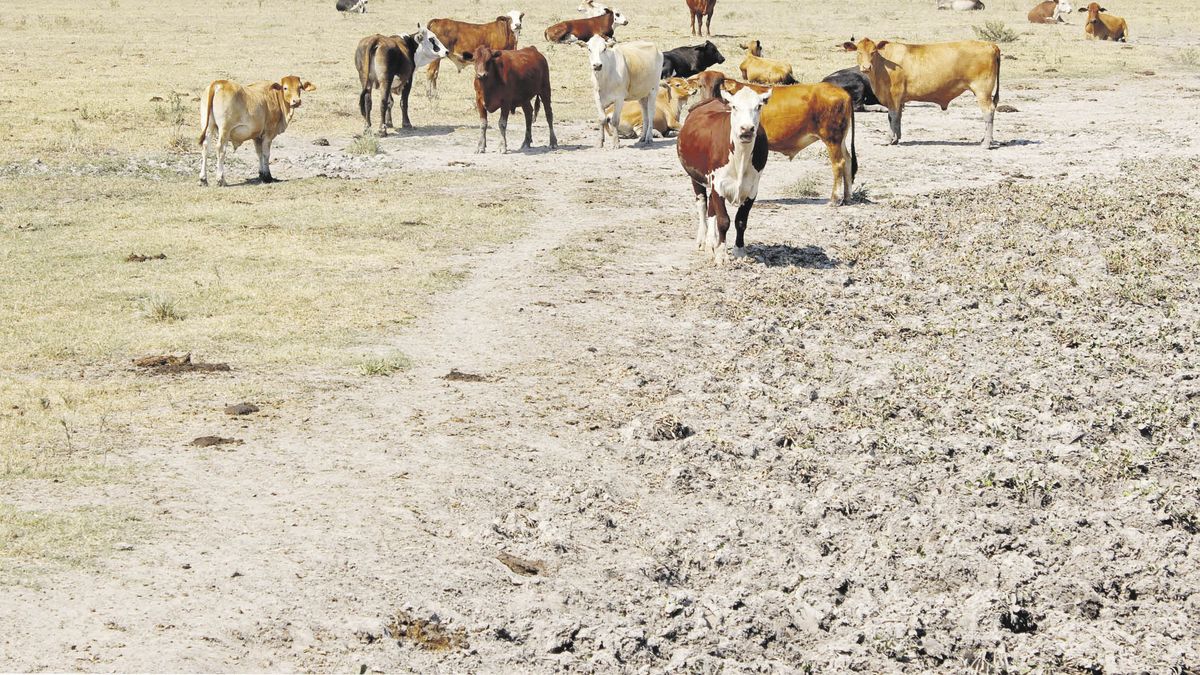The scenario is more than complex and the entity warns that unfortunately, given this scenario of general scarcity of fodder resources, the way to minimize animal mortality, especially recently calved cows, is to anticipate weaning, impact that could be estimated at 20 to 30 kilos less per calf achieved. Another way to try to limit the loss is to send all the lean farms to slaughter with little chance of survival, something that also reduces the number of kilos of meat that would be failing to incorporate. Therefore, whatever the palliative that tries to apply to this desperate situation, the impact at the productive level is inevitable, with damages that will be pondered as this farm reaches the market, both in the short and medium and long term. .
For now, starting in the last months of last year, producers began to send more cattle to slaughter and with lower kilos, and this was also reflected in the domestic market, when, unprecedentedly in December, the price of meat did not only it did not increase but in some provinces and outlets it fell. This being the case, currently the price of beef remains below general inflation, but this would reverse over the months.
Within this framework, the Chamber of Industry and Commerce of Meat and Derivatives of the Argentine Republic (CICCRA) details in its latest report: “Drought continues to be the main concern of the livestock sector. The estimates made by meteorologists are discouraging, since they predict rain only in the second quarter of the year. The increase in the supply of cattle has this origin and, therefore, we do not believe that there will be a significant change in the price of standing cattle in the short term. Only after the normalization of the rainfall regime will prices begin to correct, very gently at the beginning and by the end of the year the increase in the price of meat will reach high percentages, which will be around between 70% and 100% above current values. ”.
The most worrying thing is that with meat prices rising below the general index, consumption is also failing to take off and the fact is that consumers’ pockets continue to be severely punished. According to CICCRA in December 2022 per capita consumption of beef would have been equivalent to 47.2 kg/year, when considering the moving average of the last twelve months, it grew 1.1% compared to December 2021, but this is barely equivalent to 0.51 kg/inhab/year. In turn, if the comparison is pre-pandemic, between December 2019 and December 2022 consumption already shows a decline of 6%.
Source: Ambito
David William is a talented author who has made a name for himself in the world of writing. He is a professional author who writes on a wide range of topics, from general interest to opinion news. David is currently working as a writer at 24 hours worlds where he brings his unique perspective and in-depth research to his articles, making them both informative and engaging.




